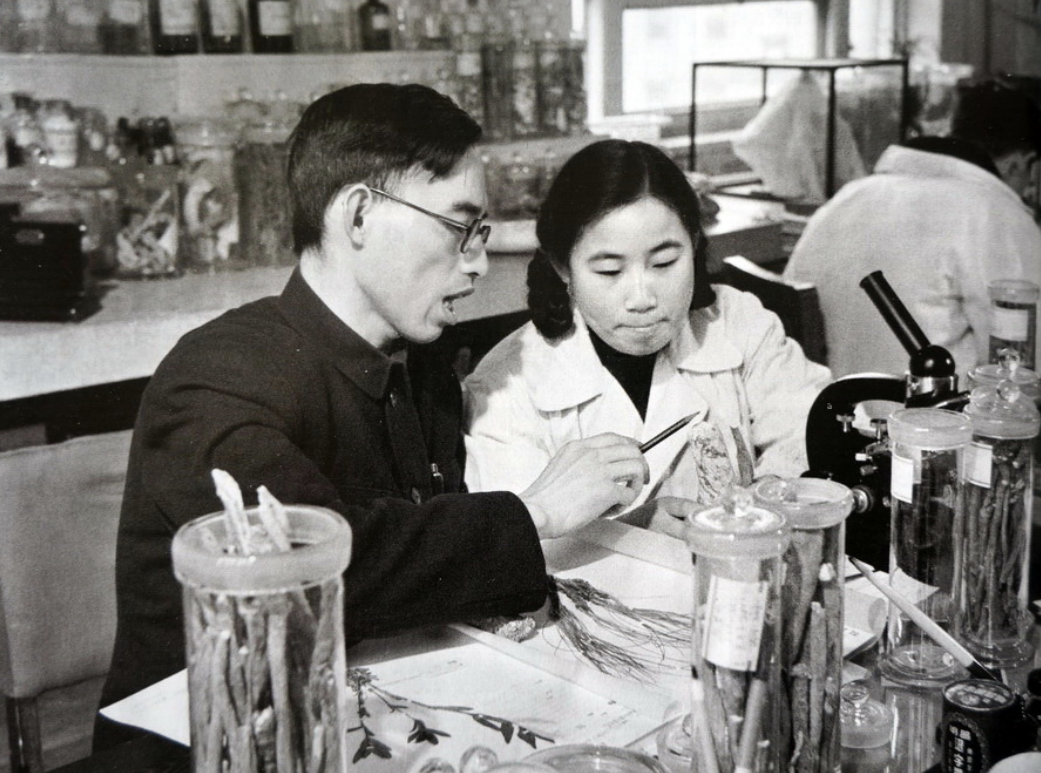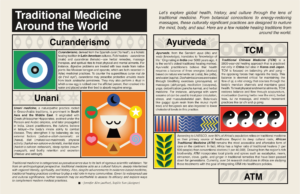In 2015, Tu Youyou, a Chinese pharmacologist was awarded the Nobel Prize for Physiology or Medicine for the discovery of artemisinin, a novel antimalarial drug. Her discovery was made possible through a combination of techniques from traditional Chinese medicine and modern Western medicine, and her journey to this discovery was far from easy. From leaving her family behind to conduct her research, to actively volunteering to be the first human subject to take her newly discovered drug, Tu’s dedication to science paved the way for the incorporation of traditional Chinese medicine in modern scientific research and highlights the necessity to integrate diversified disciplines for medical discovery. This article highlights her scientific journey, one that has lasted over 60 years.
Life and Education
Tu Youyou was born on December 30th, 1930, in Ningbo, Zhejiang, China. Tu was taught the value of education from a very early age, and her family’s support and encouragement provided her with the opportunities to attend the best elementary and middle schools in the region. When she was 16, she contracted tuberculosis, forcing her to pause her studies. Upon her return to school, it became clear to Tu that she was destined to study medicine. She wanted to not only learn how to keep herself healthy, but cure others as well. She began studying pharmacology at Beijing Medical College, where her professors taught her about the origins of medicinal plants and how to extract their active ingredients. After graduation, she joined the newly established Academy of Traditional Chinese Medicine, where she spent the entirety of her career. It was in this role that she gained valuable experience researching traditional Chinese medicine for treating numerous parasitic infections.
The Need for New Antimalarials
Malaria is the name of the illness that is caused by infection by a species of single-cell parasite called Plasmodium. Malarial disease is associated with severe fevers. For many years, malaria was effectively treated with chloroquine and quinolines. Over time, these single-celled parasites became resistant to these treatments leading to mass casualties among soldiers fighting in the Vietnam War. In 1967, the Chinese leadership set up Project 523 to coordinate nationwide research for malaria control. Thousands of compounds were screened between 1967 and 1969, but no medicines were found to work. Leaders of the National 523 Office visited the academy of Traditional Chinese Medicine to search for new potential remedies from traditional Chinese medicine. In 1969, at just 39 years old, Tu was appointed the head of Project 523. “As a young scientist, I was so overwhelmed and motivated by this trust and responsibility,” Tu stated in an interview with Nobel Prize Outreach in 2025. “The other challenge was the impact on my family life.” To conduct her research, Tu had to leave her daughters, at the time four-years and one-year old, with her parents in Ningbo while she traveled to Hainan Island in southern China, the location of a malaria outbreak. It would be three years before she saw her children again.
A Deep Dive into Ancient Medical Texts
Tu’s journey searching for antimalarial drugs was long and difficult, beginning with a thorough review of traditional Chinese medical literature, in which records of malaria were abundant, dating back to the Zhou Dynasty (1046-256 B.C.). After intensive reading and interviewing experienced Chinese medical practitioners, Tu amassed over 2000 herbal, animal, and mineral prescriptions in just three months, yet none proved effective. Tu and her team delved deeper into ancient Chinese medical texts. One of the herbs she came across, Qinghao (the Chinese name for herbs in the Artemisia family), or sweet wormwood, had been used around 400 A.D. to treat “intermittent fevers,” a symptom of malaria. This herb had shown some efficacy in inhibiting malaria parasites during Tu’s initial screening, but the results were inconsistent. It wasn’t until 1971 when Tu came across a sentence in Ge Hong’s text, “A Handbook of Prescriptions for Emergencies,” that she realized the key to success: “A handful of Qinghao immersed in two liters of water, wring out the juice and drink it all,” the text stated. Typically, herbs were boiled before being taken by patients, but this one was different. Tu hypothesized that boiling might destroy the active ingredient in sweet wormwood., so she chose an ether-based solvent, which boils at a lower temperature and wouldn’t damage the active ingredient. This preparation, famously known as sample number 191, proved 100% effective in inhibiting malaria parasites when tested on mice and monkeys.
Inspired by Shen Nong, an ancient Chinese medical practitioner who tasted over a hundred herbs himself to better understand their efficacy and toxicity, Tu, along with two of her colleagues, tested their sweet wormwood preparation on themselves before testing it on 21 malaria patients in Hainan Province. All 21 patients recovered.
The following year, Tu’s team successfully isolated and purified the active compound in sweet wormwood that was effective against malaria: artemisinin. Despite her revolutionary findings, Tu’s research was not published in English until 1979. Soon after publication, she was invited to present her findings to the world by the World Health Organization and the United Nations.
Tu Youyou’s Findings and their Impact
In 2006, the World Health Organization recommended artemisinin combination therapy as the first line treatment against malaria. Over the past several decades, more than 200 million malaria patients have received artemisinin or artemisinin combination therapies and have recovered. Tu was awarded The Lasker Foundation’s “Clinical Medical Research Award” in 2011, with her discovery hailed “arguably the most important pharmaceutical intervention in the last half-century.” She was subsequently awarded the Nobel Prize in Physiology or Medicine in 2015 for her discovery of artemisinin. Tu’s successes are largely attributed to her dedication to traditional Chinese medical practices, demonstrating the potential that ancient medicines hold for modern drug discovery.
Adriana Zutic
Latest posts by Adriana Zutic (see all)
- Tu Youyou and the Discovery of Artemisinin: How Traditional Chinese Medicine Changed the World - May 13, 2025
- Beyond the Brain: Insights into Neurodegeneration with Dr. Olga Rojas - January 20, 2025
- The numbers behind the science: how biomedical research varies across the globe (Infographic) - January 30, 2024



